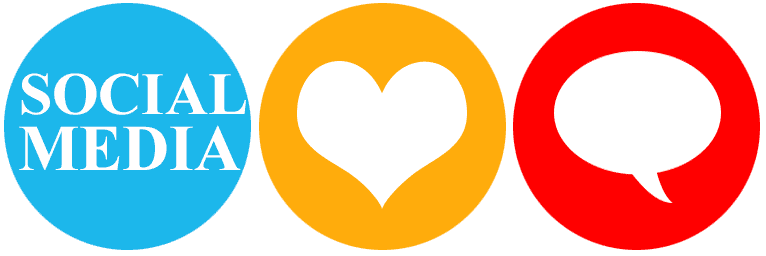Menopause news
Treating hot flushes without hormones.
23 September 2015
Treating hot flushes without hormones: What works, what doesn't.
Numerous products and techniques are promoted for hot flashes, but do they work, and are they safe? To answer these questions, a North American Menopause Society (NAMS) panel of experts weighed the evidence and made recommendations in a position statement, "Nonhormonal management of menopause-associated vasomotor symptoms," published online today in the Society's journal, Menopause.
From 50 to 80 percent of women approaching menopause try nonhormonal therapies for hot flushes. US and British surveys show just how uncertain women are about these therapies, with one survey demonstrating that nearly half feel confused about their options for managing menopause symptoms and another showing that 75% don't feel fully informed about herbal products.
The NAMS panel found evidence that a few therapies do work, including two behavioral approaches and certain nonhormonal prescription medications. Other lifestyle and behavioral approaches, treatments, and a supplement under study look beneficial, but the evidence is not as strong. And the evidence for other lifestyle approaches, herbs, and supplements is insufficient, inconclusive, or just plain negative.
Randomized, double-blind, controlled trials showed that a cognitive-behavioral therapy approach that combined relaxation techniques, sleep hygiene, and learning to take positive, healthy approaches to menopause challenges was significantly effective in reducing women's ratings of hot flush problems (although not their number). And randomized, controlled trials of clinical hypnosis demonstrated the approach was significantly better than a "structured attention" therapy approach in postmenopausal women with frequent hot flushes and significantly better than no treatment in breast cancer survivors. The panel recommends these two mind-body approaches.
Evidence that isn't as strong suggests that some other approaches may be beneficial, including weight loss, stress reduction, a soy derivative under study (S-equol), and stellate ganglion block (a type of nerve block), so the panel recommends these with caution.
Well-conducted studies show that various nonhormonal prescription medications are helpful, although they may not offer as much relief as hormones. The selective serotonin reuptake inhibitors (SSRIs), including paroxetine, the one FDA-approved nonhormonal therapy for hot flashes, offer mild to moderate improvements. Other medications shown to be helpful include serotonin-norepinephrine reuptake inhibitors (SNRIs, such as venlafaxine), the gabapentinoids (gabapentin and pregabalin), and clonidine. The panel recommends these medications, adding that the lowest dose should be tried first. Then the dose can be increased as patients tolerate it. Choosing which medication to use depends on balancing the benefits and risks for individual patients and on how effective or well tolerated it was if a woman had used it previously.
The evidence is strong that exercise, yoga, paced respiration, and acupuncture do not work for hot flushes, although they may offer other health benefits, so the panel advises providers not to recommend them as hot flush therapy. Studies on over-the-counter and herbal therapies (such as black cohosh, dong quai, evening primrose, flaxseed, maca, omega-3s, pollen extract, and vitamins), relaxation, calibration of neural oscillations (a brain-training technique), and chiropractic intervention show that these therapies are unlikely to help, so the panel advises providers not to recommend them at this time. The panel also advises providers not to recommend stay-cool techniques and avoiding hot flush "triggers" at this time. These approaches are risk-free but don't have studies testing their effectiveness, and sticking with these can just delay appropriate and effective treatment.
“Evidence based advice on treatments for menopausal symptoms is always welcomed, particularly since many women have, for many years, used treatments for which evidence on effectiveness has been sparse. While Hormone Replacement Therapy remains the most effective treatment currently available and, for the majority of women under the age of 60 and for many beyond that age, provides more benefits than risks, some women may still choose to or be advised to use other methods to control symptoms. This guideline will be very useful in helping women make informed choices about non-hormonal treatment options.”
Heather Currie
< Go Back
<< News Index

